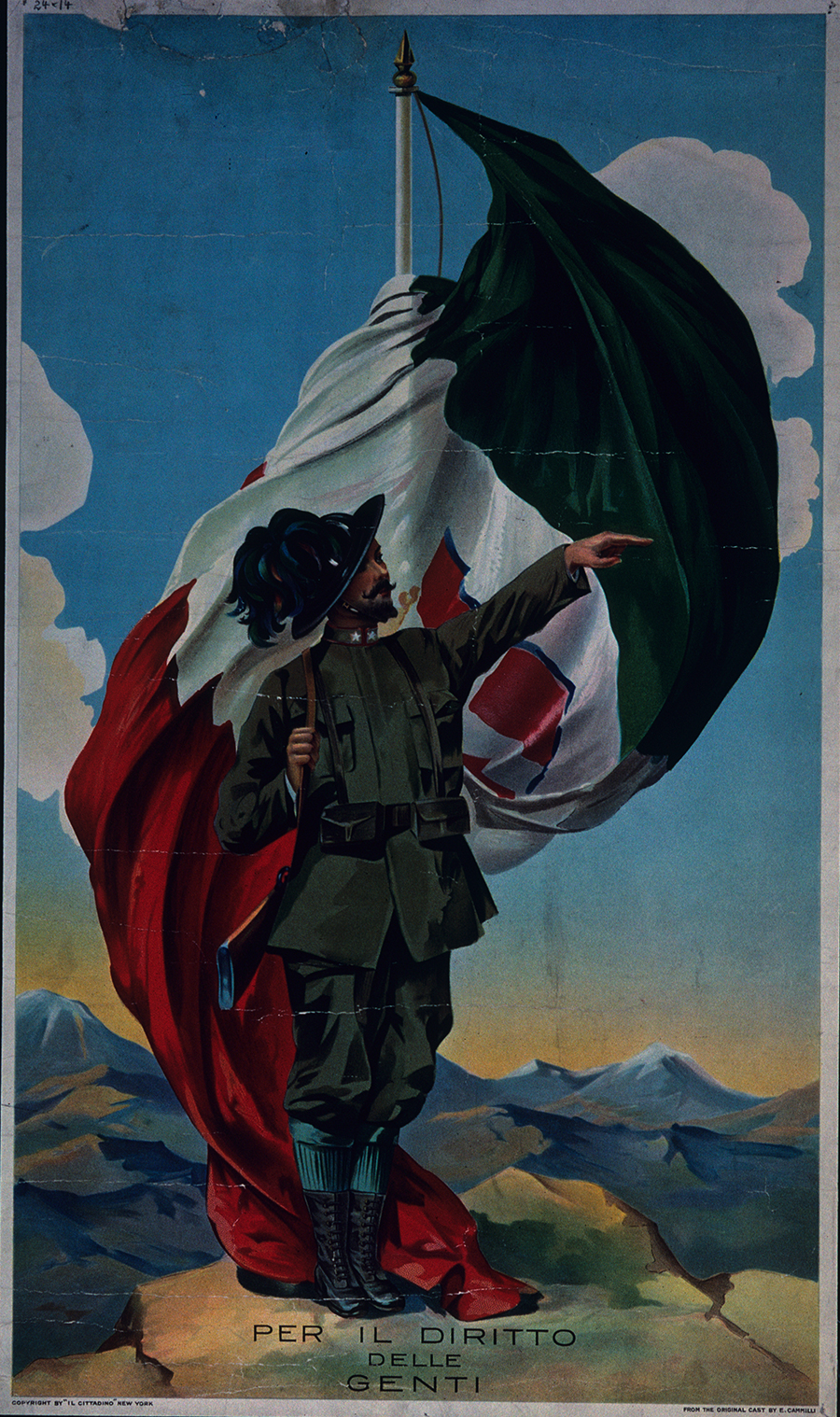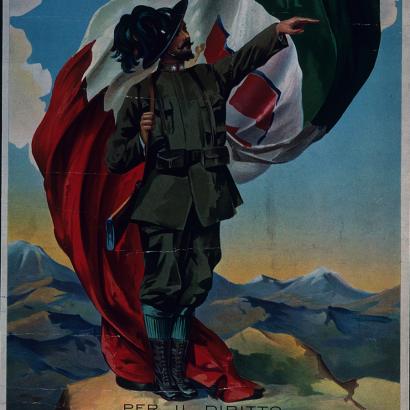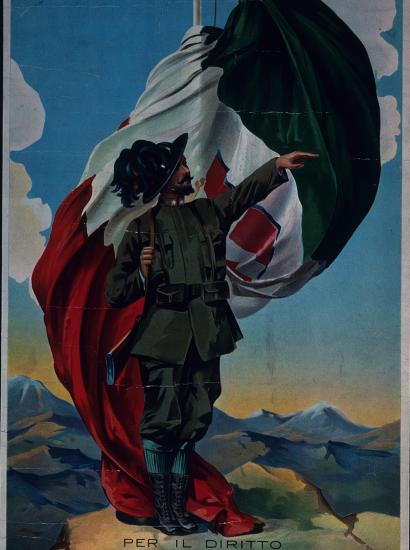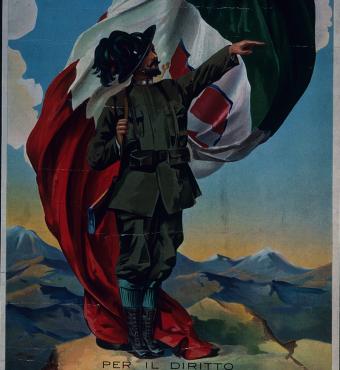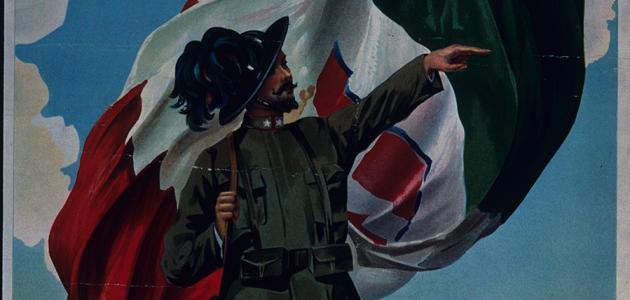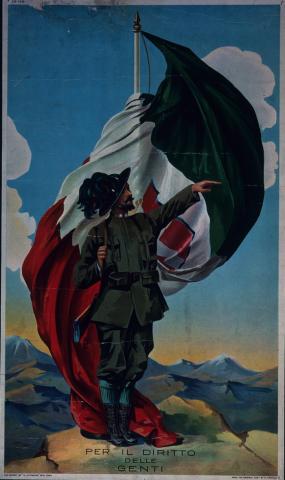- History
- Revitalizing History
The Battle of Cannae took place on the plains of southern Italy on August 2, 216 BC. One of the most famous military engagements of history, Cannae is a bloody but awe-inspiring tale.
Cannae pit Hannibal of Carthage against a Roman army led by two consuls, Paulus and Varro. It was a key engagement in the Second Punic War (218–201 BC), the struggle for mastery in the Mediterranean between two empires, Rome and Carthage. The Romans outnumbered Hannibal at Cannae but when the day was over, the Carthaginians had not merely defeated but massacred the enemy. Hannibal was a military genius and master of maneuver on the battlefield. By contrast, the Romans were military dinosaurs, thinking they could win the battle by sheer mass and force of numbers. Roman overconfidence and failure to adapt to changes in military tactics cost them dearly.
The Romans outnumbered the Carthaginians, about 80,000 to about 50,000. The Romans massed their men tightly and planned to break through the enemy lines. The Carthaginians carried out an elegant countermove. They retreated in good order in their center while holding their flanks in place. In the meantime, they thoroughly defeated the Roman cavalry, after which they used their own cavalry to close off the possibility of an enemy retreat. Then, once they had the Romans where they wanted them, the Carthaginians had the men on their flanks pivot and close in on the Romans from either side. In the center, the retreating Carthaginians went on the attack. The Roman army was crushed as if by a vise. The Carthaginians succeeded because of discipline, training, and leadership.
In the end, Hannibal, killed about 48,000 Romans and took about 20,000 prisoners; only about 15,000 Romans escaped. The Romans killed between 6,000 and 8,000 of Hannibal’s approximately 50,000 men. The Romans lost about seventy-five percent of their army: a little more than half of the Roman army was killed and another fourth was captured. The Carthaginians lost about ten to fifteen percent of their army. It was one of the most lopsided victories of all time.
Hannibal enjoyed a brilliant if bloody success at Cannae but he went on to lose the war. After Cannae, one of Hannibal’s cavalry commanders, one Maharbal, urged him to march on Rome. The man argued that a lightning strike on the demoralized capital could force the Romans into surrendering, or at least induce Rome’s closest allies to defect. “In five days you could be dining on the Capitol,” the citadel of Rome, as Maharbal is supposed to have said. Hannibal refused, arguing that his army was too tired. A disappointed Maharbal replied, “You know how to win a victory, Hannibal, but not how to use it.” Maharbal was right. A regretful Hannibal himself admitted it years later but it was too late. By then, new leadership had emerged in Rome that adopted Hannibal’s tactical innovations and turned them against him, with the deployment of all the power and strategic cunning of an emerging superpower.
Hannibal’s great mistake at Cannae was to confuse tactics and strategy. He was neither the first nor the last military man to engage in this error. One notable modern example is the German Army in World War I. That force often performed brilliantly, for example, in the spring offensive of 1918 in which it introduced novel tactics, such as small group infiltration, that continue to influence military doctrine today. But Germany, like Hannibal, lost the war because it did not grasp the larger strategic issues of British sea power and the potential of American troops to tip the balance in favor of the Allies.
It is ironic and telling that Cannae was the inspiration for Germany’s battle plan in the west at the start of the war, the famous Schlieffen Plan. This brilliant plan to defeat the French army failed. It consisted of a massive double envelopment à la Cannae, but on an enormous scale; it proved to be too clever by half. After the collapse of the plan, the army advised the German government to make peace, but the Kaiser refused, and the result was four years of slaughter on the Western Front.
Hannibal’s famous victory 2,200 years ago still has lessons to impart today.







